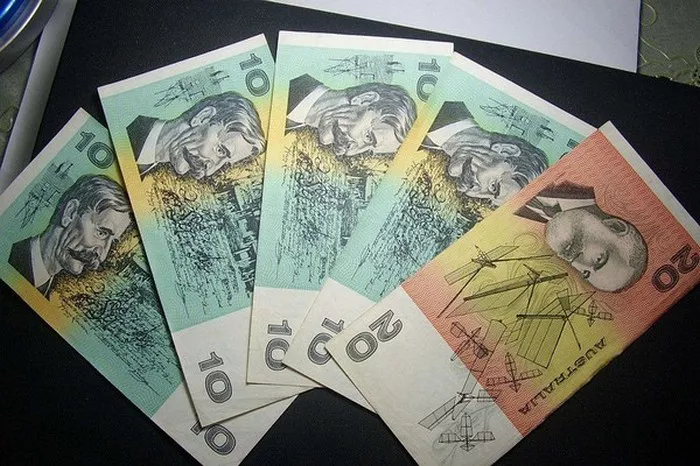In Asia on Wednesday, AUD/USD failed to seize the opportunity to rise after a small rebound overnight from around 0.6300 (the lowest level since November 2022), attracting fresh short sellers. AUD/USD remains subdued around 0.6360, with a muted reaction despite better-than-expected Australian GDP.
In fact, the Australian Bureau of Statistics reported that Australia’s economy grew by 0.4% in the second quarter, up from the previous reading of 0.2% and the forecast of 0.3%. The annual economic growth rate also exceeded market expectations, reaching 2.1%, but it slowed down slightly from the previous value of 2.3%. However, the indicator offers little support for AUD/USD amid concerns that deteriorating economic conditions in China tend to weaken the proxy for China’s economic outlook.
Those concerns resurfaced after a survey of private firms on Tuesday showed China’s Caixin services sector expanded at its slowest pace in eight months. In addition, U.S. Commerce Secretary Gina Raimondo does not expect to adjust tariffs imposed on China under the Trump administration until the U.S. Treasury Department completes an ongoing review. This, coupled with the RBA’s interest rate policy on hold and the expected end of the policy tightening cycle, continued to weigh on AUD/USD.
On the other hand, the U.S. dollar (USD) rose to near six-month highs and remains well supported as a growing number of analysts believe the Federal Reserve will keep interest rates higher for longer. . In addition, the market also believes that the Fed may raise interest rates by 25 basis points in 2023. This, in turn, supports higher U.S. bond yields, which, coupled with the generally cautious market sentiment, favors U.S. dollar bulls and suggests that the direction of least resistance for the risky asset AUD/USD currency pair is to the downside.


